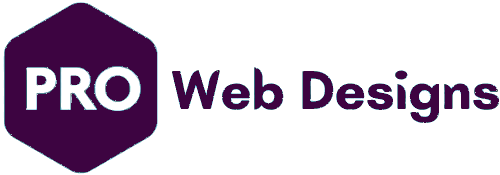Integrating Custom JavaScript and CSS for Enhanced Design
IntroductionCustom JavaScript and CSS code offer unparalleled control over your WordPress website’s appearance and behavior. By strategically incorporating these elements, you can create unique and engaging user experiences. This guide provides essential tips and...
Using WordPress Hooks and Filters for Advanced Design Customization
IntroductionWordPress hooks and filters are powerful tools that allow developers to modify and extend the core functionality of WordPress without directly altering theme or plugin files. By understanding and effectively utilizing these mechanisms, you can create highly...





